Imagine this, there was a house warming party at your place, and your guest has mistakenly spilled chocolaty-black liquid on your favorite coffee table!
What do you do?
The real tittle-tattle of the 21st century is about being classy and timeless. Wooden flooring and décor have become a necessity in many households. However, it stains quite easily too.
To help preserve the color and beauty of your wooden objects, the article elaborates on all the mishaps that can happen without handy solutions on how to remove stain from wood.
How To Remove Water Stains From Wood
Water stains may be present in two different states. A light stain or a dark stain. Light stain occurs when the moisture has affected the protective surface of the wood; however, a dark stain results when moisture breaks through the wood’s natural defenses.
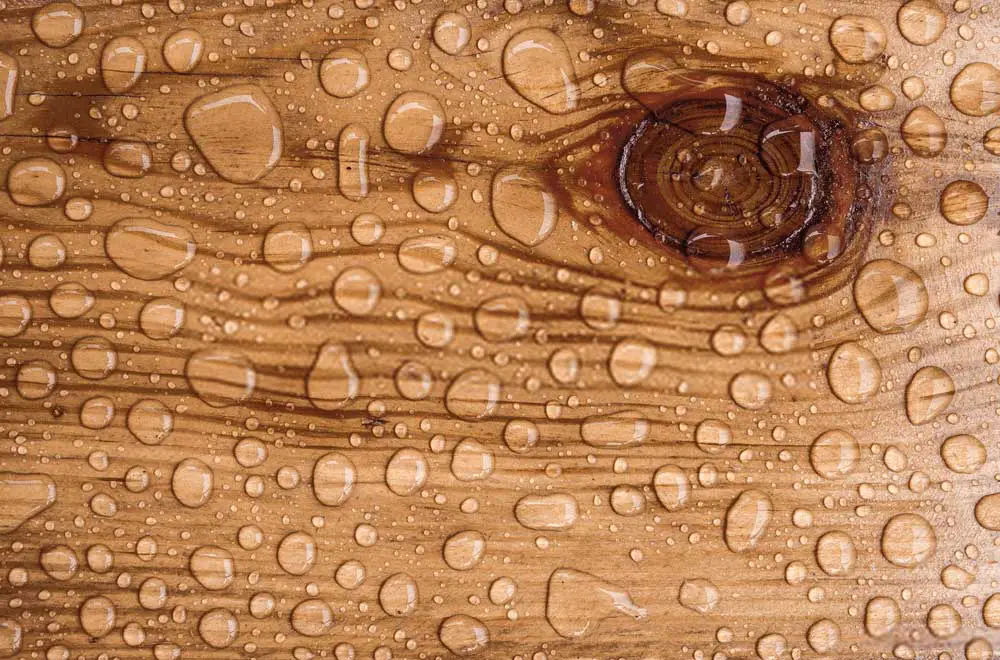
Light stain: Light-colored stains are easier to remove as the surface coating is handled on the wood.
An easy way to treat light watermarks is to expose them to gentle pressure and heat. You will need an electric iron for this and a cloth.
- Place the cloth over the stained area with the iron set to its lowest heat level. Ensure all steam modes on the iron are off.
- Next, run the warm iron softly over the cloth and make sure all the strokes go in the same direction.
- Lift the cloth constantly and check to see whether you have made any improvement, around every five or so passes. The wooden finish will slowly release trapped moisture, which is the cause of the watermark.
One of the most effective home remedies begins by adding mild mineral oil to the stain and polishing it with a soft cloth.
If the stain remains (or still appears as a soft stain on the wood surface) rub mineral spirits onto the surface, it will lose some of the coatings to remove the stain. A new protective coat of furniture wax or polish will need to be added to protect the appearance, but the stain will be successfully removed.
Here are a few homemade remedies to get rid of the problem:
- Petroleum jelly: Apply the jelly to the water stain and let it sit for 24 hours. Then wipe it off using a damp cloth.
- Toothpaste: Apply a little amount of non-gel toothpaste on the stain and rub it on the water ring. Then use a damp cloth to wipe it off.
- Baking soda: Make a paste with equal parts of water and baking soda. Rub the paste on the stain. Wipe it off and let it dry.
- Salt: Mix 1 teaspoon of salt with a few drops of water to make a paste. Apply the paste on the stain. Rub the paste gently with a soft cloth or sponge onto the ring and work it over the spot until it is gone.
- Vinegar: Mix equal parts of vinegar with olive oil and dab it on the stain. Use a soft cloth to wipe it off.
These home remedies are guaranteed to help you get rid of the water stains.
Countless additional variables will influence how far the removal of your water stain goes like the type of wood your furniture comprises- pine, hardwood, rosewood, etc.
It often depends on how thin or dense the finish is, which also defines what chemicals were used to build them. Examples include shellac, lacquers, and polyurethane.
How To Remove White Water Stain From Wood
One of the most common types of staining is the white-water stain. This stain means that the water has penetrated the wood.
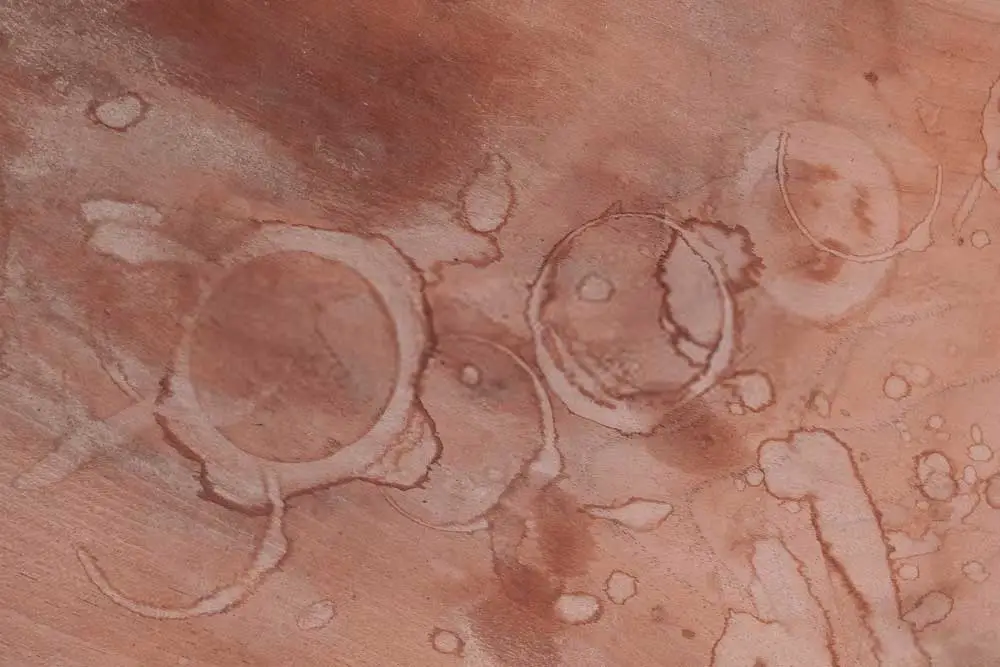
The quicker you spot it, the easier it would be for you to remove the white-water stain. There are many effective methods; you might have to try a few of them to get rid of it.
Procedure:
- Once you spot the stain, immediately buff the spot with a soft fabric. This will allow the absorption of water.
- Be careful to buff with the grain of the wood for better results.
- If the mark persists, use a blow dryer to dry the excess moisture. Make sure you use low heat setting on the dryer; otherwise, it will form a heat stain.
- Once the watermark is removed, buff the spot with an oil-based polish for a shiny finish.
Make sure you don’t leave any heat stain on the surface. If you do, read along.
How To Remove Heat Stain From Wood
Most frequently, as a result of the frequent use, wood tables get heat stains.
When you put a hot dish directly on your wooden table, it leaves white marks of heat stain on it. Since heat causes the stain, interestingly, heat can also remove the stain.
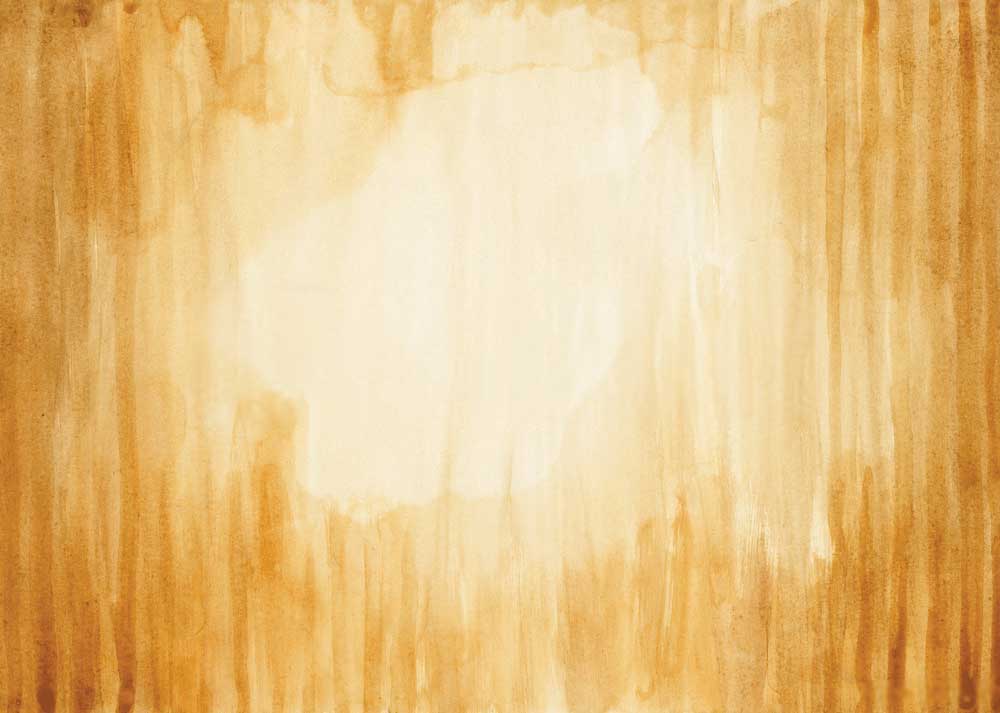
You can go with easy methods such as using a hairdryer and ironing the table. However, you will need to follow the steps cautiously to avoid further heat staining.
Hair drying method:
- Set your dryer at the lowest heat and directly aim for the stained spot.
- You do not need a cloth for this.
Ironing method:
- Firstly, you will have to wash the surface and dry it well.
- Take a cotton cloth and put it on the stained spot.
- Turn the steam mode on in your iron and lightly dab over the cloth.
- Repeat this method and wipe it off after every turn
Wiping off is necessary because it removes the excess moisture from the surface.
The ironing method works like magic. Although, if you feel like it is too aggressive and risky, then follow the home remedies that are listed above.
The classic method is mixing non-gel toothpaste with baking soda. The paste must be applied on the stain and wiped off using a moist cloth.
Make sure to use a non-gel toothpaste for this remedy. These methods can also be applied to remove heat stain from a wood table or any type of woodwork.
How To Remove Dark Stain
Dark water stains are much harder to clean and are very time-consuming. The procedure will take days; therefore, you must be ready to invest some time.
There are three main steps in removing the dark stain:
- Sanding
- Lightening
- Apply a new polish
Sanding:
- Dark stain indicates that the water has entered the coating and darkened the wood.
- To get the stain, you will need to scrape off the finish.
- Begin by evenly sanding # 100-grit sandpaper directly over the stained area. Work according to wood grain when applying pressure evenly.
- Then step into the # 150-grit sandpaper and sand the edges of the finish around the stain to smooth the edges slowly- finish sanding with the # 150-grit sandpaper going over the whole region.
- Use a proper vacuum or a polish cloth to clear all the dirt and dust from the work area.
Lightening:
- For this method, you may use either hydrogen peroxide or chlorine bleach to help lighten the dark areas.
- The two bleaches don’t blend. You must begin by diluting hydrogen peroxide and water by 50:50 ratio.
- Soak a white cloth and wring gently in the solution. Place the cloth on the dark stain, and put it there for about 10 minutes.
- The wood must be dried completely between the treatments.
- If the stain continues, treat it again for ten minutes with 100% hydrogen peroxide and leave it to dry overnight.
Move on to chlorine bleach if the stain persists.
- Start with making a solution of 4 parts water with 1-part chlorine.
- Repeat the steps that are used with the hydrogen peroxide method for lightening.
Apply a new polish:
- When the dark stain is removed, use a wood varnish that suits your floor to stain and seal off the region.
- Use sandpaper to smooth out the old and new finish.
- Use a cloth to wipe off the area.
Safety measures:
- It is advisable to wear rubber or plastic gloves to cover your hands while working with any wood bleach.
- Completely cover your skin to avoid staining on your skin.
Another method to remove heat stain is by using Oxalic acid. It is the least costly, the easiest and fastest to implement but not as effective.
This is usually ideal for bleaching jobs where you only want to lighten the color a little, or where the wood has become dark due to aging, and you want to get this back to its original shade.
Oxalic acid comes in the form of crystals. To use it, you must make a saturated solution by mixing it with water.
Procedure:
- The saturated solution must be applied to the wood using cloth while it is hot.
- Let it dry, then wipe away any crystals that grow on the surface using a cloth or a brush.
- Rinse off with plenty of clear water, then wait until the wood dries for the final color to be determined.
- Mop on the second layer of a freshly mixed oxalic acid solution if you feel like lightening the wood more.
Tips:
- Before using a wood bleach, it is important to fully remove all the old varnish, paint, or other surface coating and to clean the wood.
- A chemical paint and varnish remover may be used for this, or you can do it by scraping and sanding-but it must be done thoroughly.
- Now, your wooden exterior will resist bleach if you have even an inkling of surface finish left. Any remnant of surface finish means the spot is still sealed.
- The effect is a dark blotch where the bleach has been unable to carry out its duty.
- To stop this, after scraping the old finish, carefully inspect the surface to see if any remaining “glazed” or non-porous areas will stop the bleach from soaking in.
- Drop some water on the surface if in doubt; if it does not soak in, then the bleach does not either.
- Once you are confident that all the finish has been removed, the wood should be sanded with the abrasive paper of medium-fine quality to further help ensure a porous surface.
How To Remove Stain From Wood Furniture
Some finishes protect the wooden furniture surface through the protective coating. To patch a damaged coating, treat only on the point where it is affected. Work carefully on every surface, and don’t take out more of the finish than you need.
You need to do regular deep cleaning to keep your furniture looking its best.
Method:
- At first, dust off the furniture to remove dirt from the floor.
- Start with a very gentle cleanser, and switch to stronger ones, if needed.
- Make a solution using water and dishwashing soap.
- Into the solution, dip a cloth that is soft, wring it out, and clean the whole area.
- It is important to take a cloth that is damp, not wet.
- Don’t saturate the wood by cleaning your cloth repeatedly.
- Take a second clean cloth, and thoroughly dry the furniture.
More methods to remove different types of stains from your furniture are given below:
Old Polish:
- Firstly, steep two sachets of tea in boiling water. Let the tea cool to room temperature, take a soft fabric, wring it out in the tea until it is moist, and scrub the wood. Tea contains tannic acid, which is perfect for wood preservation. You’ll be surprised to see how much the wood shines.
Water Stain:
- Take some non-get toothpaste and apply it on the affected area. Later, use a soft cloth until it removes the stain.
- When it comes to tough stains, take an equal 50-50 combination of baking soda and toothpaste. Wipe off the toothpaste and dry thoroughly with a clean, damp towel.
Difficult Marks:
- To clear an ink stain, you need to create a thin paste by taking baking soda (1 spoonful) and water (1 teaspoon). Pour the solution on the affected area, then use a soft fabric to rub gently until the stain is removed. Wipe off the paste and dry thoroughly with a towel that’s fresh and damp.
- Then apply a coat of wood polish to make it shiny. You can use lemon oil, which is prepared commercially.
- Mixing 1 cup of olive oil with 1/4 cup of white vinegar can also make a quick polish. Pour it over a soft fabric and work it into the wood, rubbing the grain with it.
How To Remove Old Water Stain From Wood
If your child spills water and crawls away from it, there is a high chance that the wood has absorbed the water and goes unnoticed.
It is only discovered after a few days when the old water stain starts to appear on your wood. The following procedures elaborate on how you can remove them.
Since you don’t know how old the water stain is, letting the hair dryer dry, all the trapped moisture should be your first choice.
The next choice is applying a dab of non-gel toothpaste on the stain and wiping it off with a piece of cotton fabric.
As weird as it may sound, mayonnaise is also a great wood stain removing agent. Apply a dab of mayonnaise on the stained surface; you can leave it as long as 24 hours and wipe it off using a cotton fabric.
These methods can also be used to remove water stain from the wood tabletop.
How To Remove Water Stain From An Unfinished Wood
Removal of water stains from unfinished wood can be quite challenging. Water stains can form in many ways. It might seem to permanently stain finished wood, but in reality, they can be removed easily with either table salt or iron.
Method 1:
- Make a salt and water paste, then add it to the stained wood.
- Apply the paste gently onto the stains, use a clean and wet towel.
- Next, clean the paste away from the stains and repeat until the stains have been cleaned properly.
Method 2:
- Brush the surface using fine-grit sandpaper.
- Pause periodically to brush away all the particles.
- Use this time to see just how far the stains have been removed.
- Make sure you’re not sanding too much.
- Keep doing this until all of your stains go away.
- If the sanding is visible, use the sandpaper to varnish the rest of the surface gently, so it makes a good match.
Method 3:
- Apply a thick coat of mayonnaise or non-gel toothpaste on the stain, making it rest overnight.
- Wipe it clean the next morning using a thick cotton rag.
Method 4:
- Apply a thick paste of baking soda and water directly on the stain.
- Let it rest overnight, wipe it off the next day.
Method 5:
- Use a lint-free towel to dry the wood a few times.
- Place it on the stain and simply apply a hot iron to the stain for a few seconds.
- Wipe off using a wood-cleaning product.
Tips and Advice:
- As a softwood, pine easily absorbs stains. Hardwoods like oak, however, are more likely to be stained only at the surface level, allowing you to remove all stains successfully with a little effort.
- After you remove all the stains properly, polish the wood with a layer of protective coating. Apply a wood stain to the whole surface for stubborn stains to cover the unwanted hue.
How To Remove Stain From Wood Floors
There may be several unwanted mishaps that may leave different kinds of stains on your wooden floor.
To get rid of them, first, you will need to figure out what caused the stain. You can determine this by the color of the stain.
» White Rings
» Cause: Water Spillage
Procedure:
- Use a #000 steel wool and wax to lightly rub on the stain.
- Very lightly rub on the area using sandpaper.
- Clean the sanded region with a #000 steel wool and floor cleaner.
- Allow the stain to dry, then buff on it with wax.
» Black Rings
» Cause: Deep-water penetration
Procedure:
- Pour a little amount (depending on the area of your stain) on a bowl, dip a brush in it.
- Rub it on the stain, wipe it off and repeat until removed.
» Nail Polish Stain
Procedure:
- Mix detergent with lukewarm water.
- Rub it on the stain using a soft cloth.
- Wipe it off.
» Oil/Butter Stain
Procedure:
- Wipe the area with soap to get rid of the stain.
- If the stain persists, apply hydrogen peroxide on the spot and wipe it off.
- Allow the stain to dry, then buff on it lightly to remove oil stain from wood.
How To Remove Stain From Wood Deck
Even the best stains on the reliable-color deck gradually die. For re-touching a withered deck, the old paint needs removing, then scrub, recondition and paint the wood.
Method-
- If you’ve ever stained a deck before, you know the wood has to be prepared properly before the staining can even start. You need to wash your deck with water, making sure you get rid of dirt, mold, and mildew that has been building up.
- For this, you can use a deck cleaner. You cannot miss this step, or all the grime will be stuck under the fresh polish coat, and the wood will not support the fresh polish too.
- The first step in successfully having your strong stain out is to wash your deck thoroughly. This is achieved through power washing.
- Taking a paint scraper as a stripping agent, on an old solid wooden deck, clean extensively as long as you can. As you scrape, you’ll find screws or nails sticking out, reset them as usual.
- Afterward, you can use a unique stain remover for deck cleaning. Remember, for 100 sq. FT. don’t use more than 1 gallon.
- Tape plastic onto the nearby floor, cover or wet out bushes and grass around the roof, then over the stained boards, spray a heavy stain remover.
- Further cleaning would require a deck finish remover coupled with a rigid brush. Don’t scrub immediately; 15 to 30 minutes downtime is essential for the stain-softening. (In one go, don’t wrap around more than 20 to 30 sq. FT)
- The wood needs to be in a moisturized state until the surface becomes sufficiently smooth to scrub using a rigid brush.
- Rinse off the remnants with a hose and let the deck dry. Work on a coarse stripping disk on highly discolored areas or where the stain doesn’t come off.
- Using a brightener/conditioner deck to neutralize and wash the stain remover and return the wood to almost near its original color. One gallon covers an estimated 200 sq. FT.
- Brush on a water-diluted brightener/conditioner. Scrub the surface and rinse thoroughly to preserve the color of the original wood.
- A clear penetrating finish is retained and must be applied after the wood dries.
- Transparent finishes demonstrate some of the original colors of the wood, but it has to be re-applied each year.
- Strong stains cover the wood longer but can be a mushy mess to clean off. Penetrating stains do need to be re-applied more often as they do not need to be washed off, unlike solid stains.
Extreme weather conditions combined with general wear and tear will cause significant damage to even the highest quality finishes.
You can keep your wooden deck looking perfect for years with the correct use of stripping treatments, deck-brighteners, and fresh stain coats.
These methods are also useful for error correction. Also, if you spill a bit, a small amount of stripper and brightener can be used to repair any mess.
When you are working with stain, it is very likely for your skin to be stained in the process.
How To Remove Wood Stain From Skin
Some of the bleaching agents may be harmful to your skin, so it is advised that you always wear gloves when working with wood stain.
Even if you are taking precautions, it could still stain the skin accidentally. There are numerous removal methods for this process. A most common one would be washing your stained hand with soap.
Other effective home remedies include:
- Cooking oil
- Vinegar
- Lemon juice
- Hairspray
- Hand sanitizer
- Toothpaste
- Salt
The procedure for the above-mentioned stain removing reagents is very similar.
- Select any of the cleaners.
- Apply it on the stain.
- Use a cotton fabric to rub on the stain.
- You can add salt for extra scrubbing.
- Use a mild soap to rinse and apply moisturizer.
Natural oils can eliminate stains from the skin. Olive oil, vegetable oil, mineral oil, or just about any form of food-grade oil, are the most common.
In a tray, pour some oil.
Place your hands in the tray for a couple of minutes, and clean your skin with the oil until it removes the stain. Finish with dish soap to wash your hands.
If the stain persists and you have to upgrade your remedy, then read along.
Procedure:
- In a warm water bowl, mix detergent and dish soap.
- The ratio of the mixture should depend on your skin type.
- For instance, if you have sensitive skin, use a little amount of detergent. However, if your skin is normal, then use a larger amount of detergent than soap.
- Use a towel or brush to rub it on the stain and use another cloth to wipe it clean.
- The treatment is a little harsh on the skin, so you must apply a moisturizer on the stained part of your skin.
If the stain is still present, then you will have to look at the wood staining container to determine if it is oil-based or water-based.
If you are confused about it, then you can determine the type of the stain by pouring a little amount of water on the stain, and look for the formation of tiny oil droplets. The presence of oil droplets indicates that the stain is oil-based.
How To Remove Oil-Based Skin Stain:
- Dip a white towel into a bowl containing mineral spirits.
- If the area of the towel you are using begins staining, move to a clean area, or use a new towel.
- Wash it away with a towel soaked in the mineral spirit.
- Blot the entire stain gently with the mineral spirits, then rub the towel softly against the stain.
- Start from the outside and work towards the stain center.
- Continue this cycle until it clears the stain from your skin.
- Rinse with lukewarm water frequently as you clean it off.
- Pat dry and apply a moisturizing cream to the area.
How To Remove a Water-Based Stain:
- In a bowl, pour rubbing alcohol.
- Dip a soft cloth on the bowl, and rub the cloth against the wood stain.
- Continue to blot the area until the stain is removed.
- Rinse your skin thoroughly with mild soap and lukewarm water.
- Apply a moisturizing cream on the area.
You must use a white towel. That way, you can tell if the stain is coming off or not.
Mineral spirits are made from rough surfaces such as wood or metal, to strip paint. Mineral spirits can cause burns on your skin and extreme irritation if they are not removed quickly.
Instead of rubbing alcohol, acetone might also be used. Rubbing alcohol is relatively less harsh on the skin.
Using a moisturizing cream or lotion can help to prevent irritation and damage to the skin. Apply after you have your skin washed and rinsed thoroughly.
How To Remove Wood Stain From Clothes
Gloves will protect your skin from wood stain, but to remove them from clothes is a difficult task. Larger stains are nearly impossible to get rid of. Although smaller stains can be removed using several methods.
Procedure:
- Firstly, you must wash the wood stain as soon as possible.
- Testing methods for removing the stain on unsightly areas of the fabric.
- If you are playing with various cleaning methods, you risk damaging the whole fabric.
- Seek to check the cleaning agent on a less obvious area of the piece of clothing before rushing forward.
Mineral spirits-
- Scrub mineral spirits onto the fabric.
- If you have a stubborn wood stain in your clothes, mineral spirits may just be the tool for the job.
- Moisture a clean cloth with the mineral spirits, then rub it through the stained fabric in a circular motion.
- Remain patient until you see change.
For Water-Based Stain:
Acetone-
- Pour acetone directly on the stained area of the cloth.
- Then lightly rub a towel dipped in acetone on the stain.
- Be sure to put a thick layer of paper towels underneath the stain before adding the acetone.
- It will help remove the acetone and the stain from underneath and cover the surface of anything you get to clean on top of it.
- Wash the piece of stained clothing separately using a color-safe bleach cleaner.
Since a stain can be transferred in the washing machine to other clothes, it is better to wash the stained object by itself.
Tips:
- When you spot the stain, do not rub it, as it may make the stain bigger.
- Wear rubber gloves while rubbing mineral spirits on the stained cloth.
- Put the washing machine on warm cycle mode.
- Do not let the stained cloth dry until you have fully removed the stain.
How To Remove Paint From Stained Wood
When you paint or remodel your home’s interior, the paint will splatter, spill, or somehow find its way onto your finished floors.
The longer the paint remains, the more it sinks into the wood floor finish and becomes more difficult to remove. Lukewarm water and thinner paint can help get the paint off the board, thereby preventing wood damage.
- At first, you have to determine the kind of paint that you want to remove. Water-based paint can be removed with lukewarm water and a clean towel. Oil-based paint requires a paint thinners support.
- Wet a clean towel in hot water to wash the fresh paint away from the wooden floorboard.
- Paint is much harder to wash while still damp. If the paint has dried up, the hot water will dissolve it, making it easier to clean.
- To clean stubborn dried paint from the wooden floorboard, use a sponge.
- To extract oil-based paint from the floor, use a paint thinner.
- Apply a small amount of paint thinner to a sponge and wipe in a circular motion over the painted area.
- For the task of ridding giant blotches of dried paint, a utility knife will come in handy. Scraping needs to be gentle and exercise caution. Try to avoid scratching or cutting the surface-paint while you’re at it.
Denatured alcohol works best for dry water-based paint. Whereas, for dry oil-based paint, mineral spirits, acetone and turpentine are effective.
For stubborn paint spots, gently sand on the stain without scratching the surface of the varnish and wipe it off.
Remove fresh latex paint with liquid. Normally, a spot of latex paint can be cleaned by rubbing it with a soft fabric soaked in water.
Procedure:
- Soak a clean, soft cotton rag in warm water.
- Remove some of the excess water to prevent the rag from leaking over places that have not been affected.
- Scrape away the paint; wash out the paint spot. To get all the paint out, you might need to rinse and re-soak the rag multiple times.
- Take a separate, dry rag to clean the wood dry.
If this method does not work then, use denatured alcohol.
- Add enough alcohol to a clean rag to dampen it without getting it wet.
- Pass the rag soaked with alcohol over the paint spot to clear it. Rinse, re-soak, and repeat where required.
- When done, dry the area with a fresh, dry rag.
Tips:
- Rub a cotton ball moistened with denatured alcohol over the drip to find out whether an old drip is from latex or oil paint. When the paint on the cotton ball comes off, then it’s latex.
To Conclude:
Removing any type of stains from a wooden surface, be it a piece of furniture or the floor, requires a lot of patience and precision.
Some DIY find the challenges that come with wooden furniture exciting; others despise it. Whether you fall in the former or latter group, having any wooden material entitles you to take care of it.
The only way you can save your vulnerable wood furniture is by true love and appreciation towards it.
Learn to polish your skills to remove emerging stains and protect and repair your home’s wooden surfaces.
Trust us, the learning curve may seem steep, but it’s totally worth the time and effort. Good luck with your stain-removing endeavors.


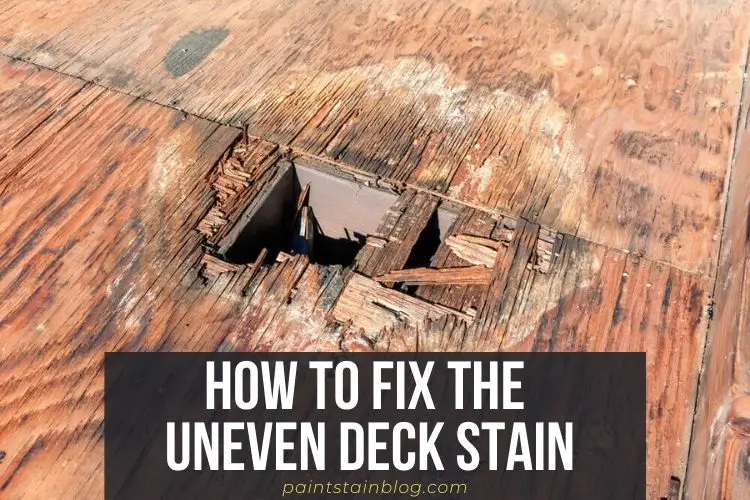
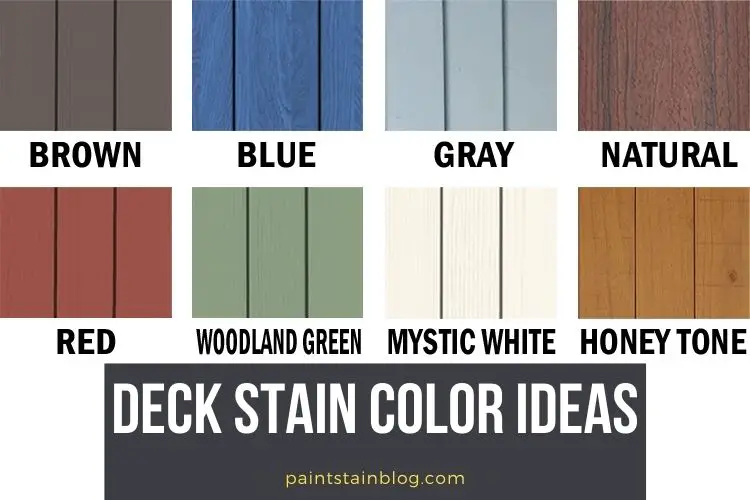

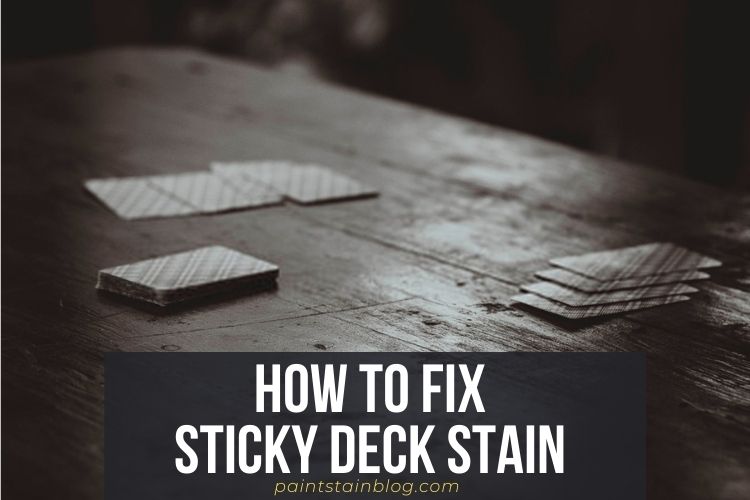
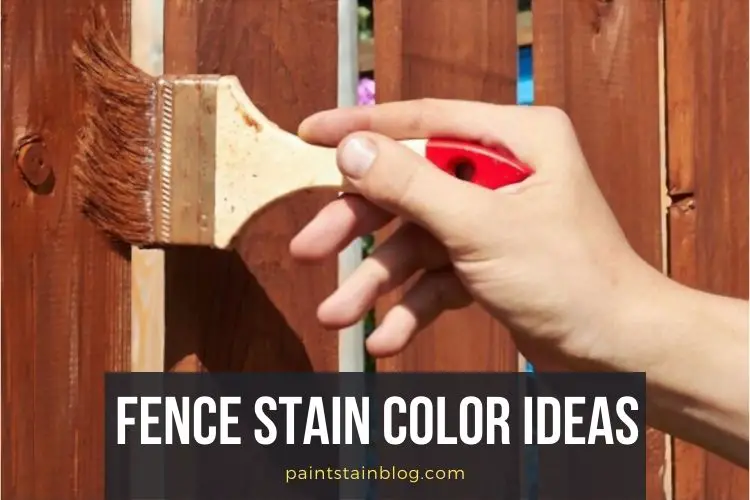

3 Comments